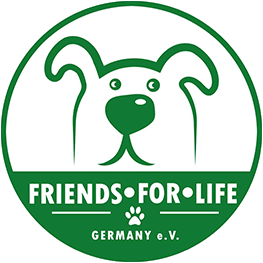- BY DOG FIT by PreThis®
- POSTED IN News Magazine
- WITH 0 COMMENTS
- PERMALINK
- STANDARD POST TYPE
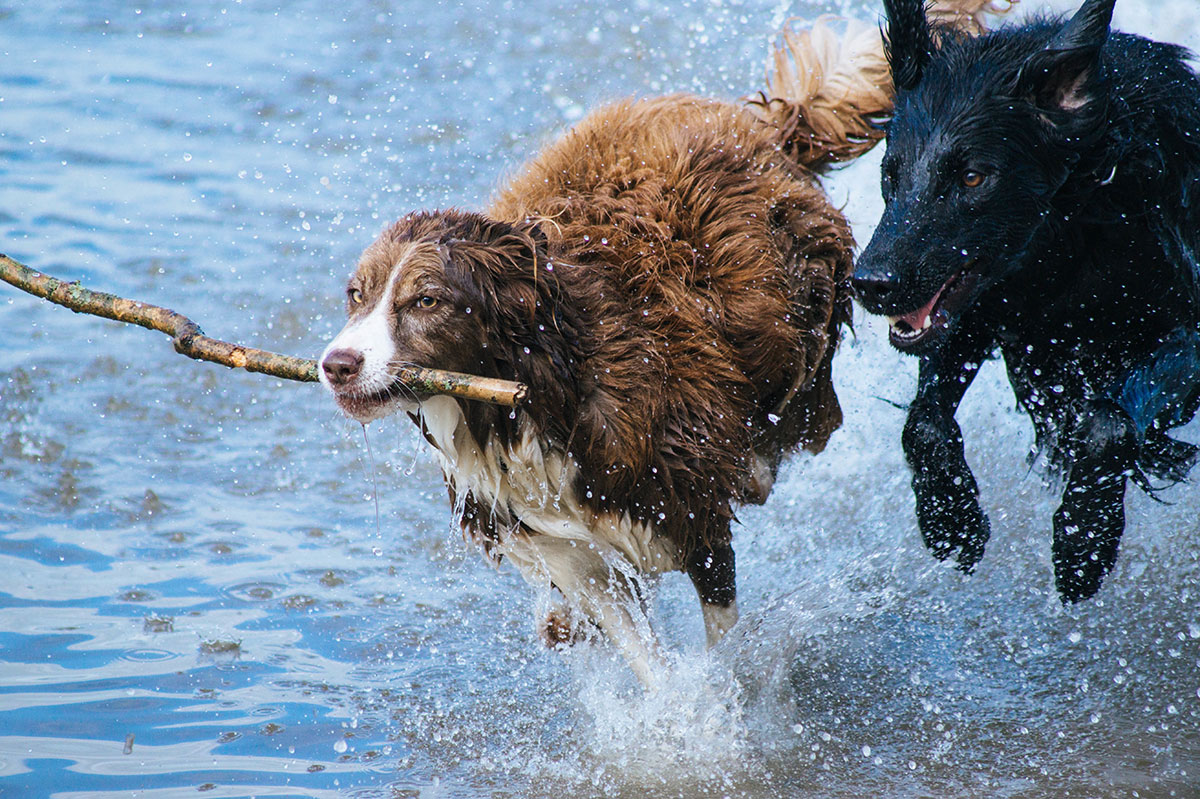
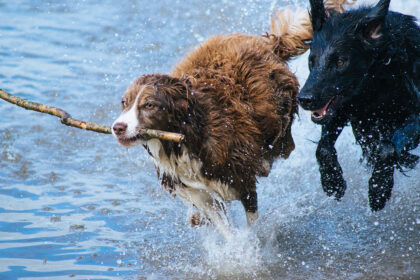
The new year is here – for many people a time of good resolutions and reorientation. So why not give our dogs a positive start to the year too? With a few simple changes in everyday life, you can make a significant contribution to your dog’s health and zest for life. Below you will find suggestions for a healthy and fulfilling start to the new year for your dog.
More exercise – stay active together
Regular exercise is not only important for us humans, but also for our four-legged friends. Whether it’s long walks in the countryside, playtime with a favorite toy, or short training sessions: exercise keeps muscles and joints fit, strengthens the cardiovascular system, and prevents obesity. Shared activities also promote the bond between you and your dog.
Social Contacts: Why They’re Important for Dogs
Dogs are naturally social animals and benefit enormously from interactions with other dogs. In the new year, focus on allowing your dog to meet other dogs regularly. Whether at the dog park or on walks with neighborhood dog owners, these contacts are important for your dog’s social development and emotional well-being.
Conscious Nutrition – More Fresh, Less Processed Food
A healthy dog’s life begins in the bowl. Focus on high-quality, fresh ingredients, tailored to your dog’s individual needs. Fresh meat, vegetables, and healthy fats provide a good foundation. Dry food and heavily processed products often contain unnecessary additives and inferior fillers. Anyone who takes the time to check the food or even prepares it themselves is investing in their dog’s health.
Chew Materials: For Strong Teeth
A sensible addition to the food is natural chew materials such as dried meat strips, coffee tree wood, or rabbit ears with fur. They can help care for the teeth and provide species-appropriate exercise.
Regular Health Care
Prevention is better than cure. Schedule a thorough health check-up with your vet at least once a year. This way, potential problems can be identified and treated early. Close monitoring is particularly advisable for older dogs to ensure they have a pleasant retirement.
Optimal Support for Older Dogs
As they age, our dogs’ needs change. Make sure your dog gets enough rest, adapt walks and activities to their age, and provide an environment in which they feel comfortable. A balanced diet, valuable supplements, and loving attention contribute to maintaining quality of life even in old age.
Dogs accompany us with their zest for life and give us precious moments every day. A loving look, a walk together, or small rituals ensure that your dog starts the new year full of energy. Enjoy the time together and let good intentions become real habits – for a healthy and happy dog life.
Product information: DOG FIT by PreThis® VITAMIN B + CARE senior🛒 – Premium supplementary food for dogs in an affordable set with carefully selected micronutrients. Free from genetic engineering and artificial additives. You can find more information here:
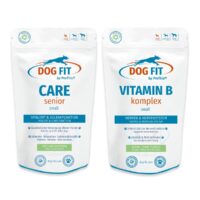
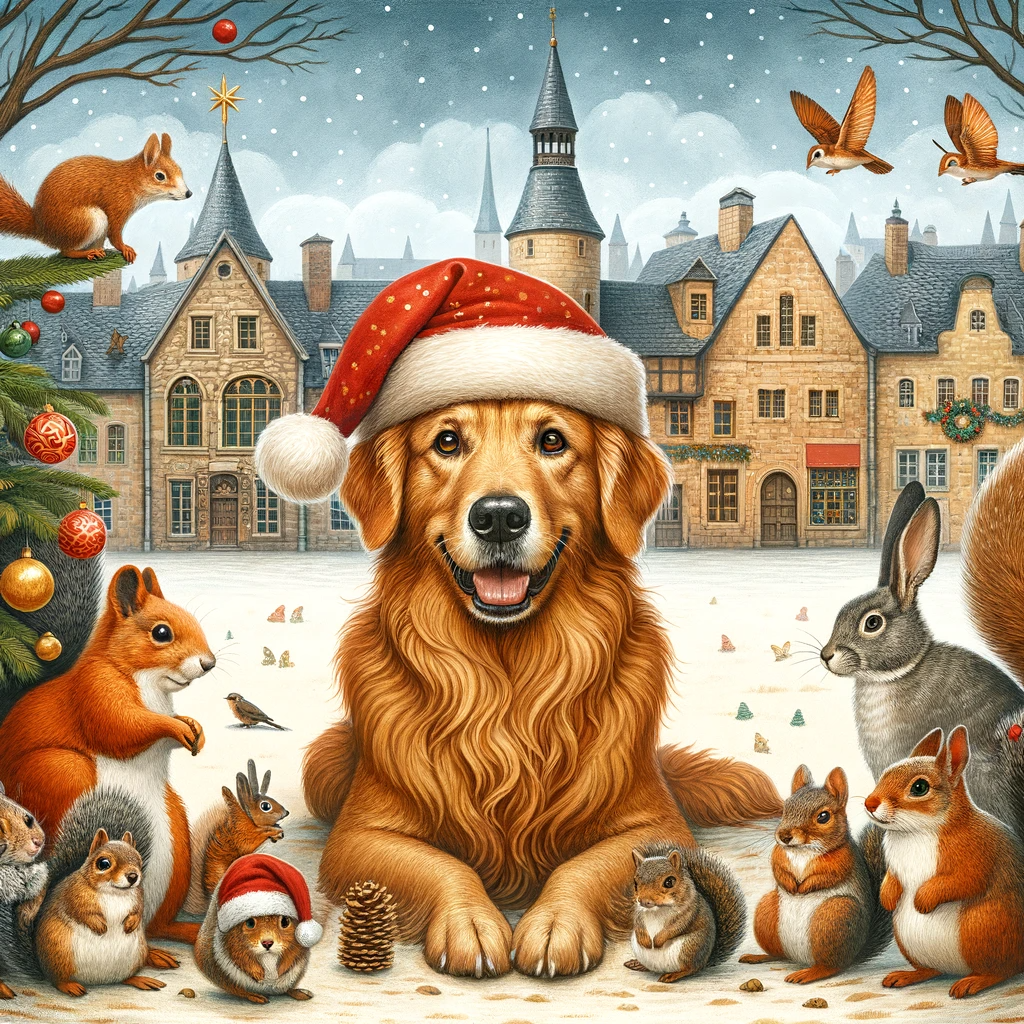
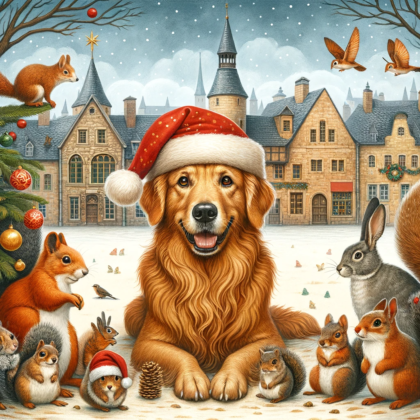
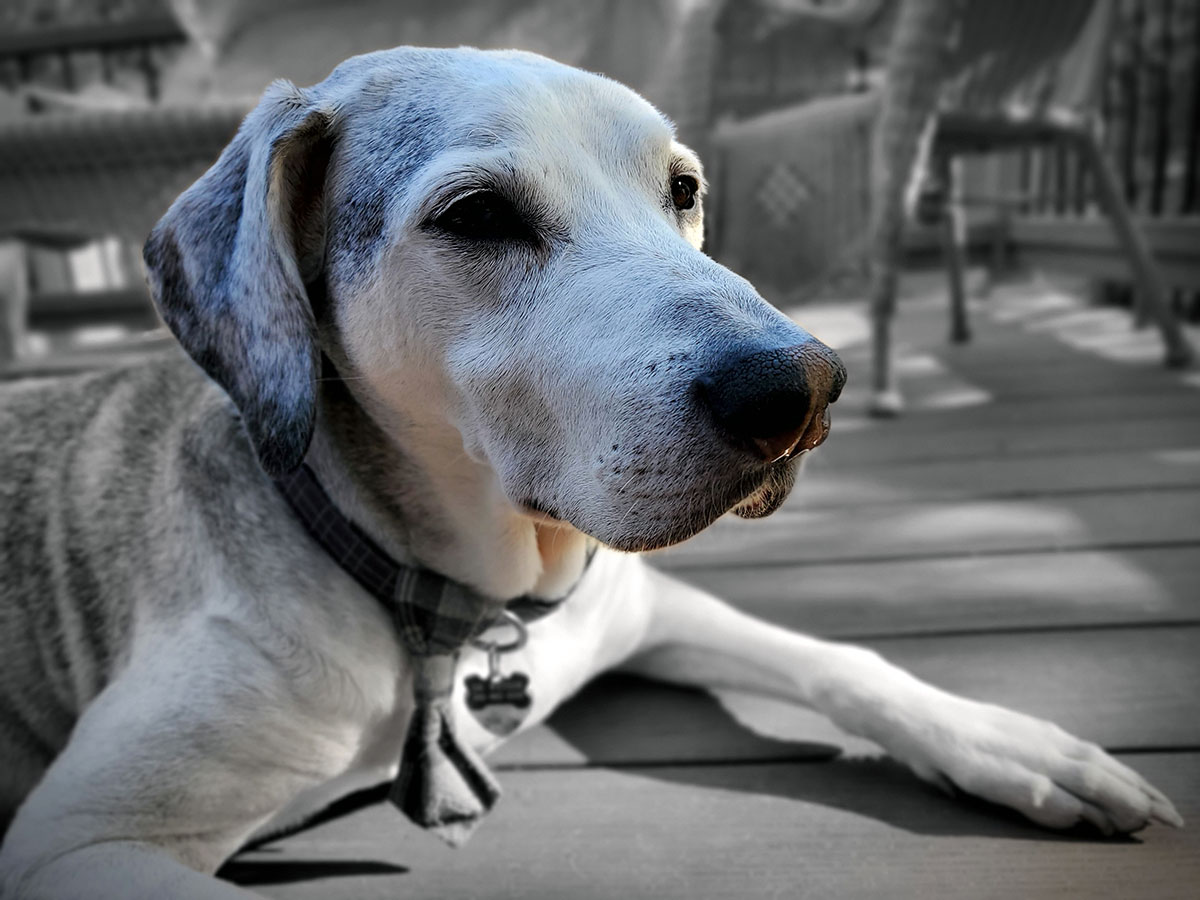
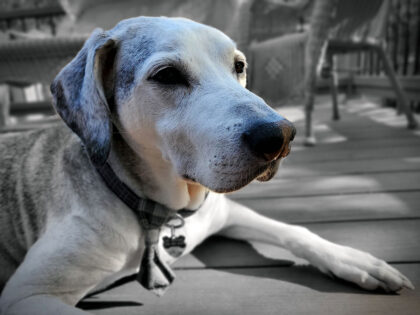
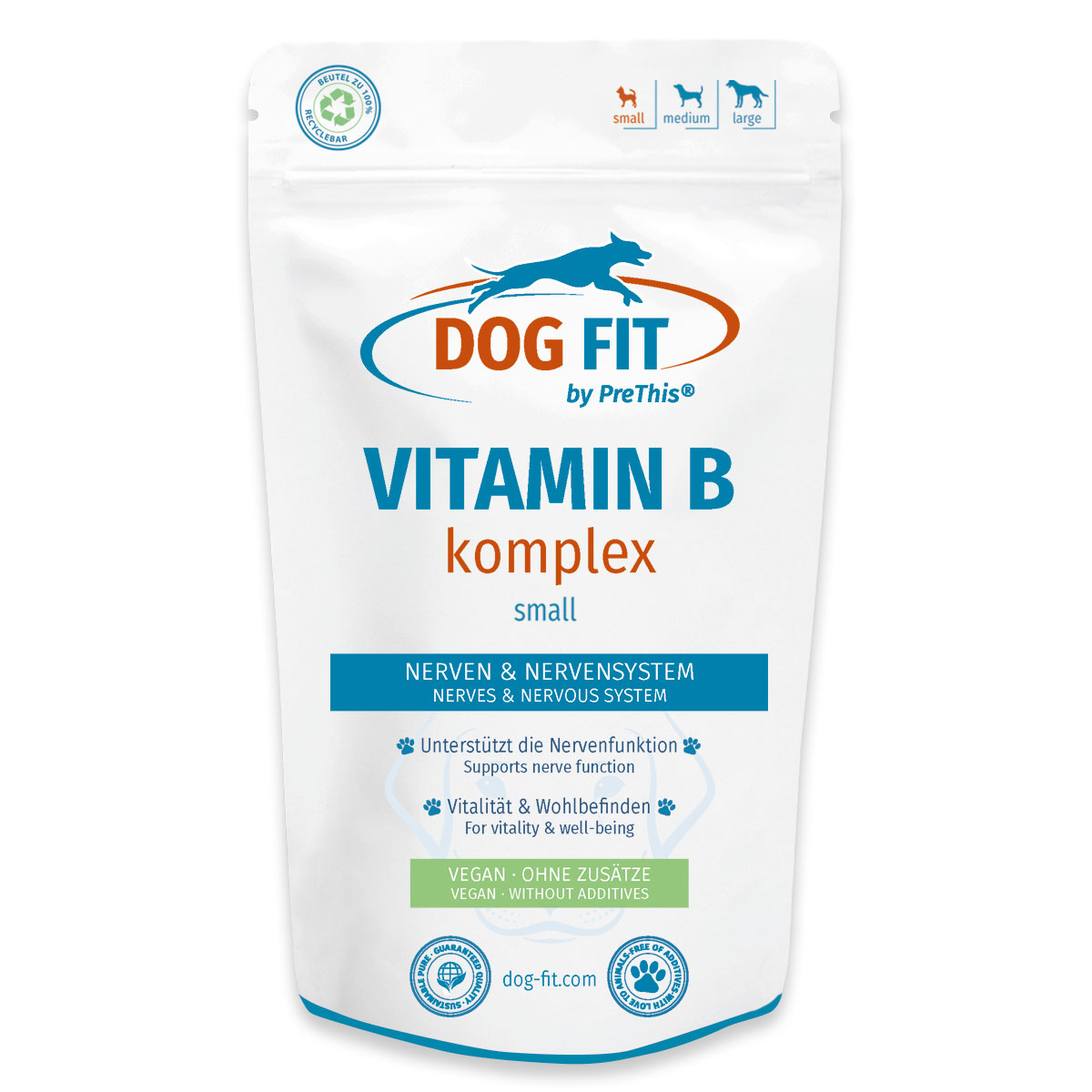


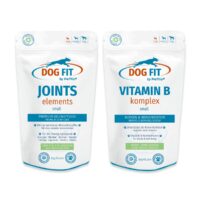




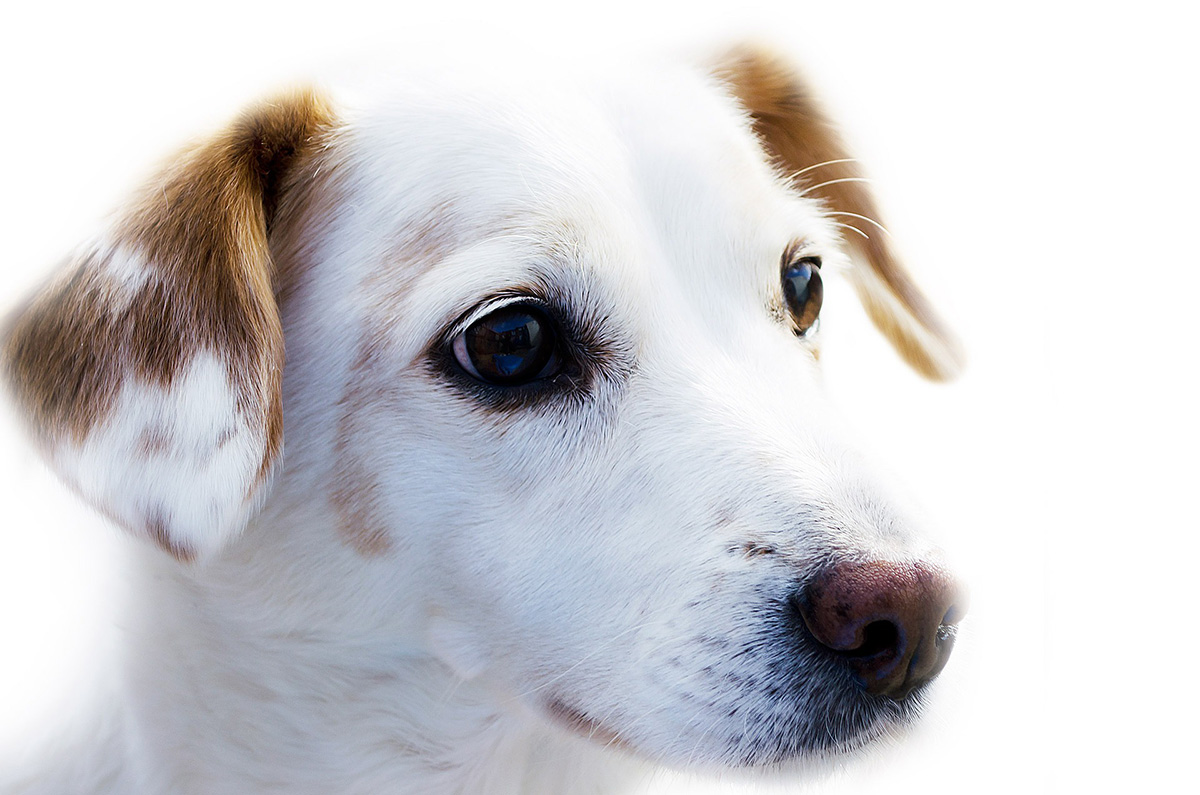
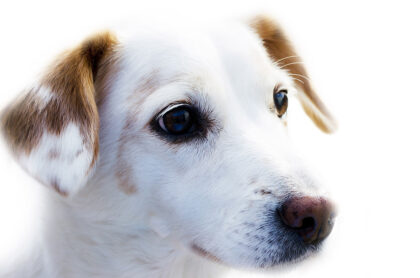


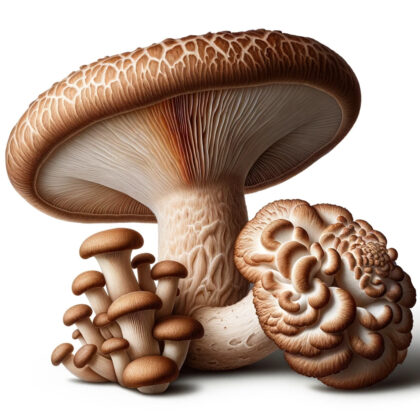
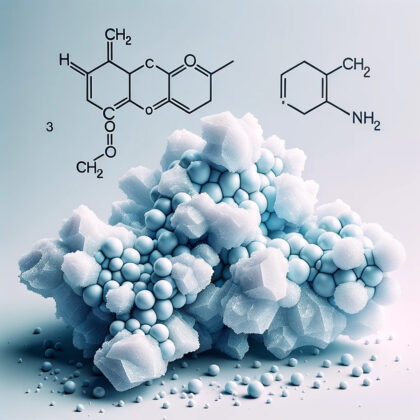
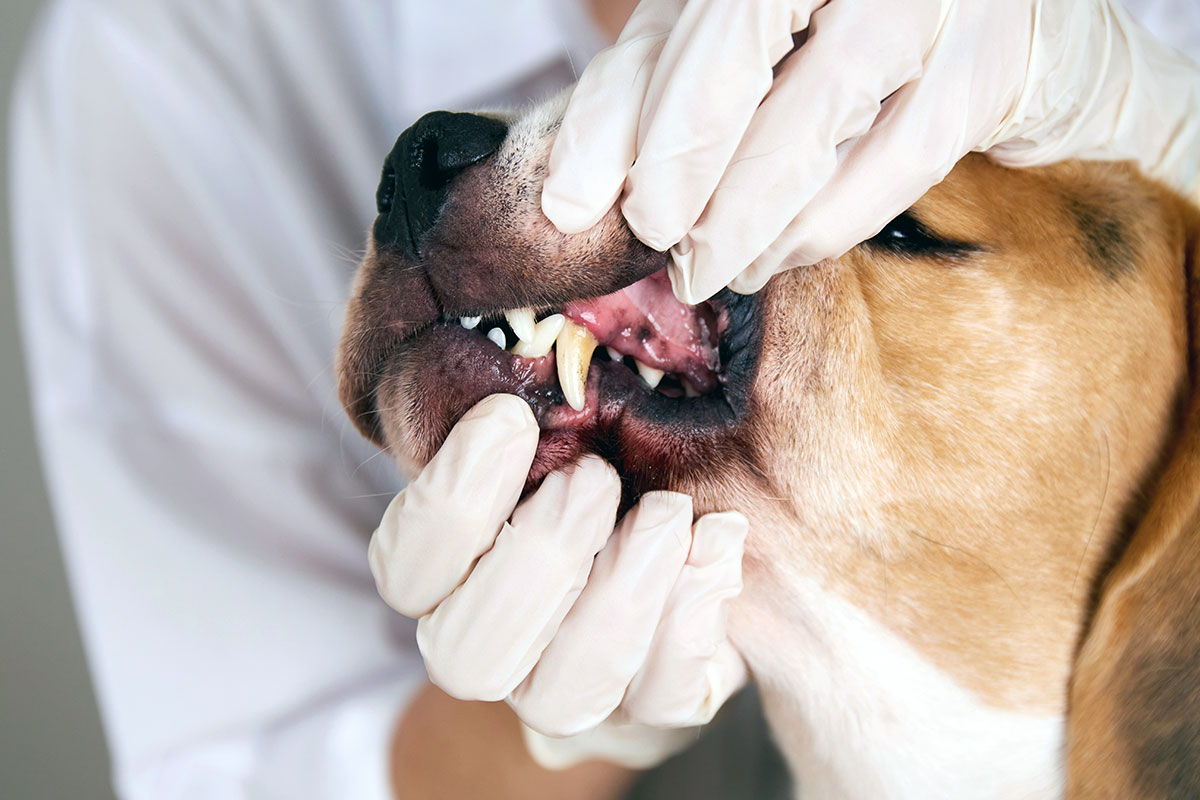
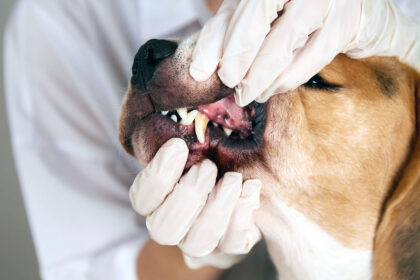
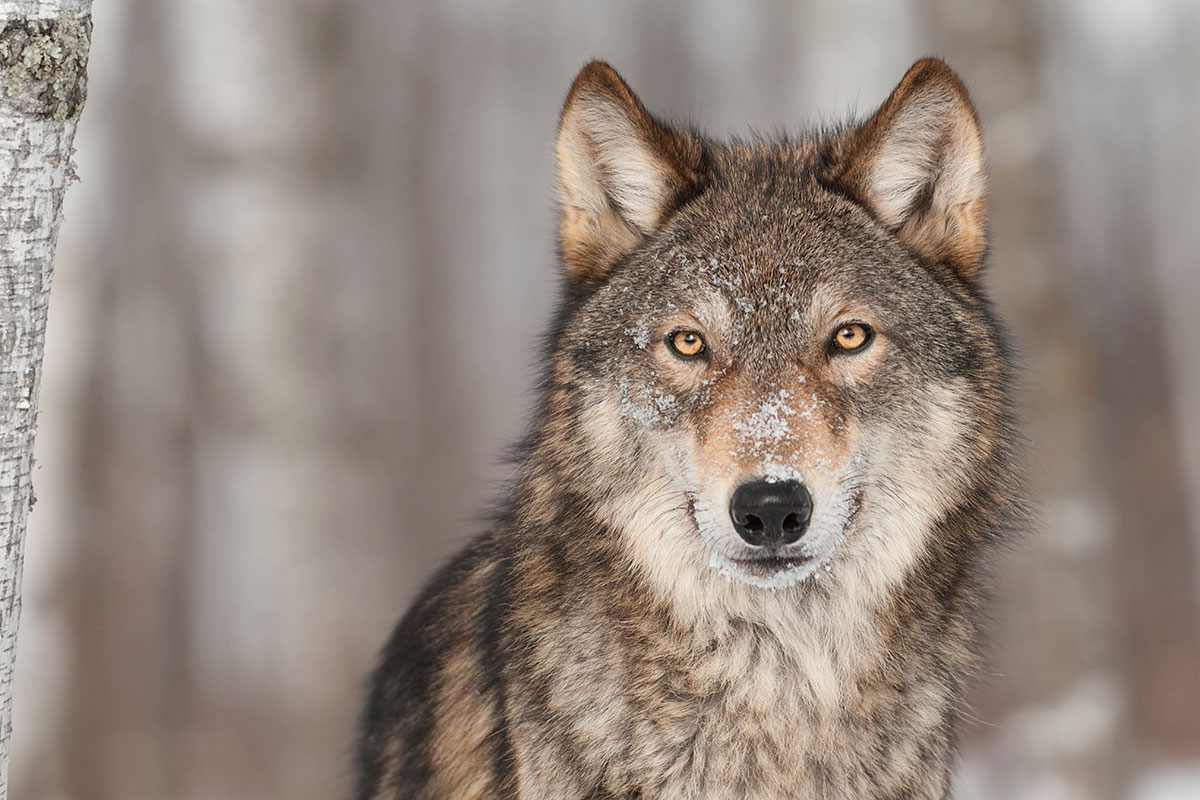
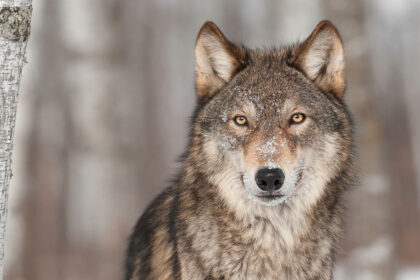 Dogs have been our faithful companions for thousands of years and have a long evolutionary history behind them. But while many aspects of their behaviour have changed over time, one thing has remained constant: their reputation for gobbling up food. In this article, we take a closer look at the background to this behaviour, the reasons why dogs tend to gobble their food and why dry food is nonsense as a miracle cure for cleaning teeth.
Dogs have been our faithful companions for thousands of years and have a long evolutionary history behind them. But while many aspects of their behaviour have changed over time, one thing has remained constant: their reputation for gobbling up food. In this article, we take a closer look at the background to this behaviour, the reasons why dogs tend to gobble their food and why dry food is nonsense as a miracle cure for cleaning teeth.